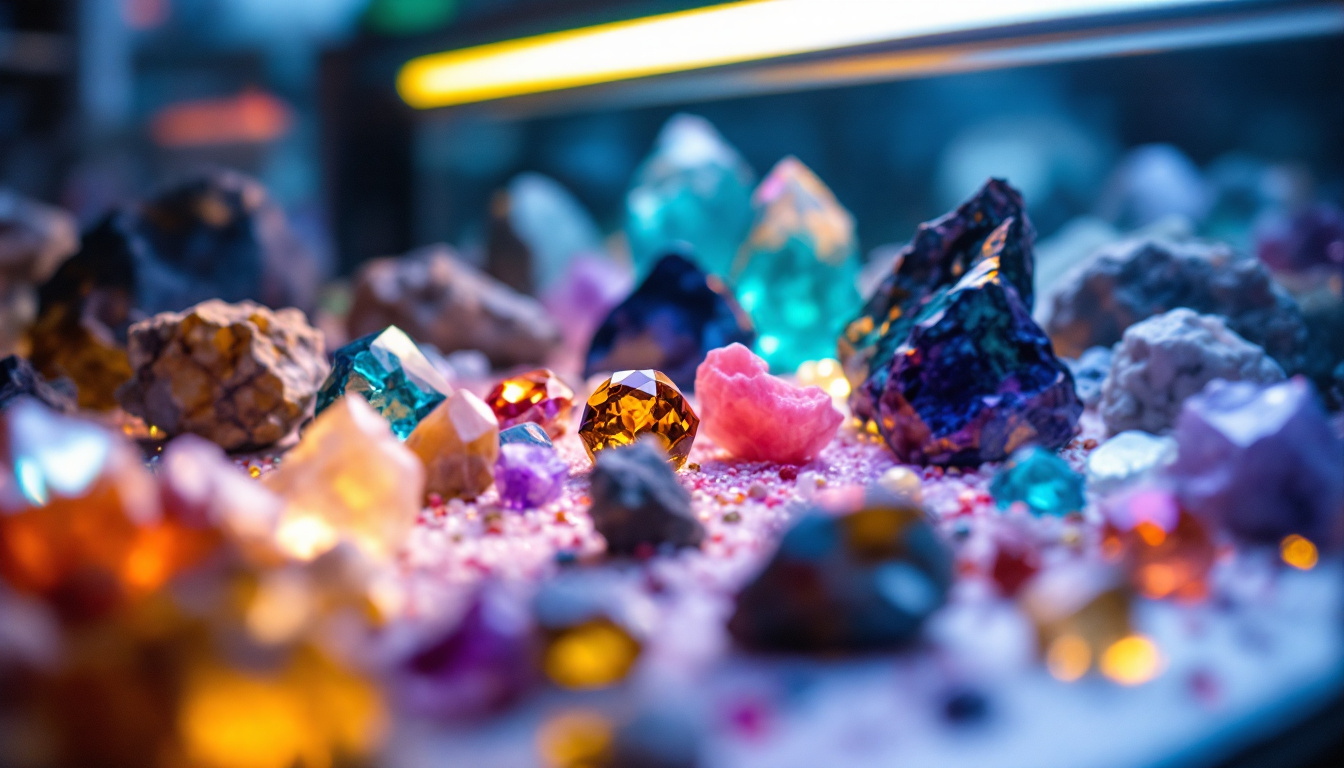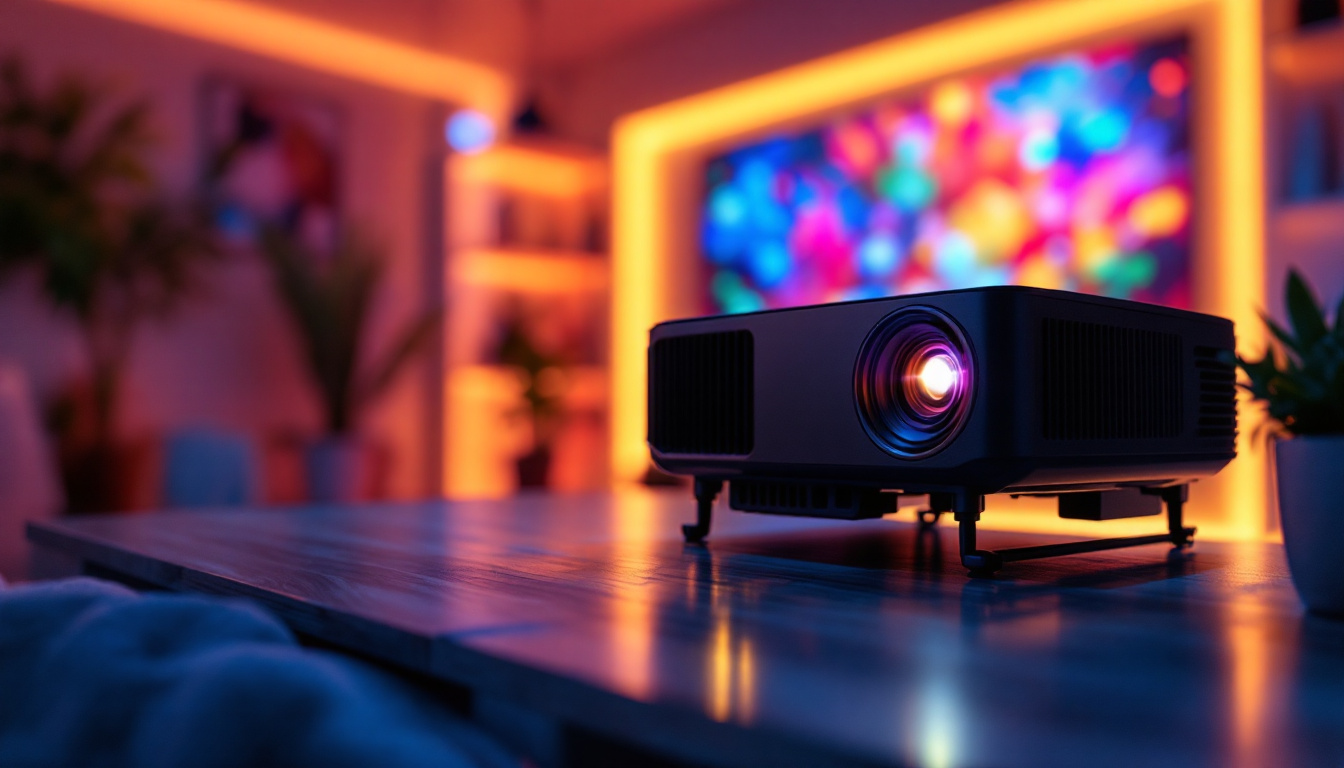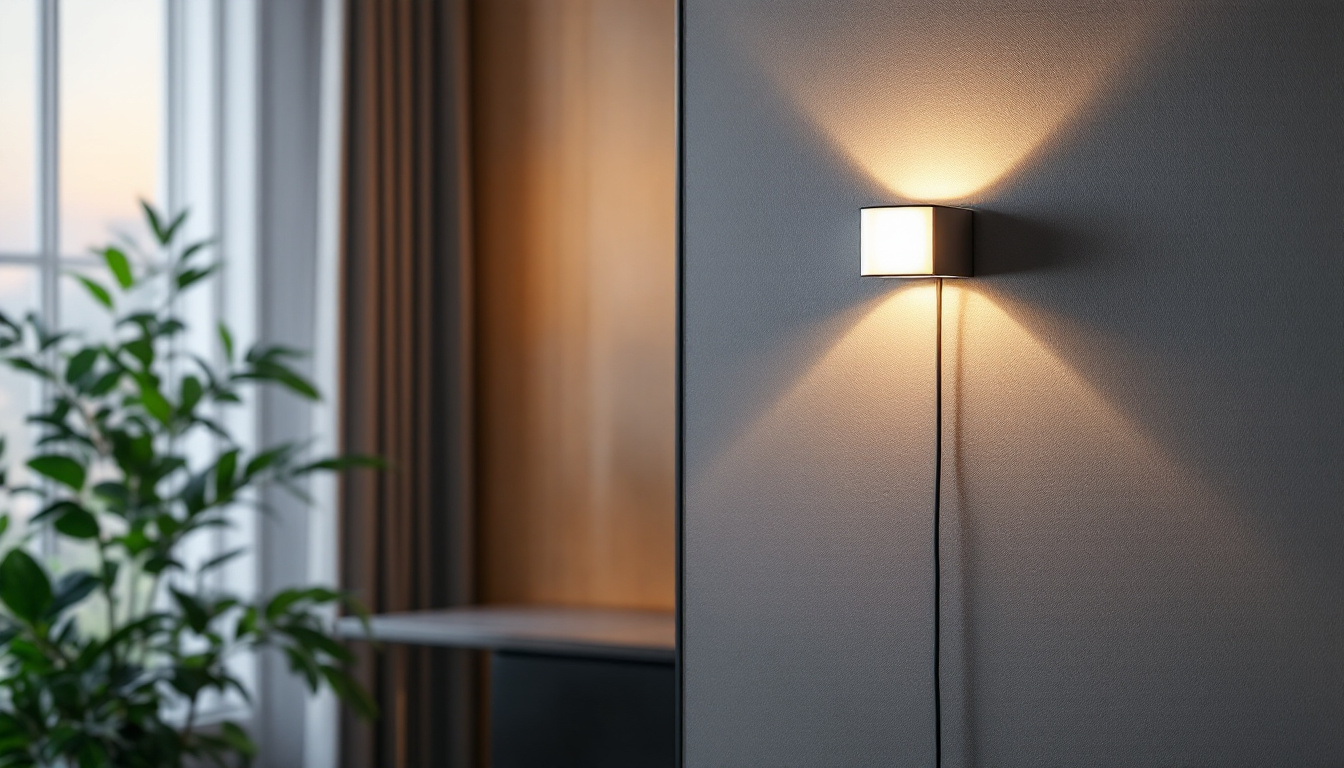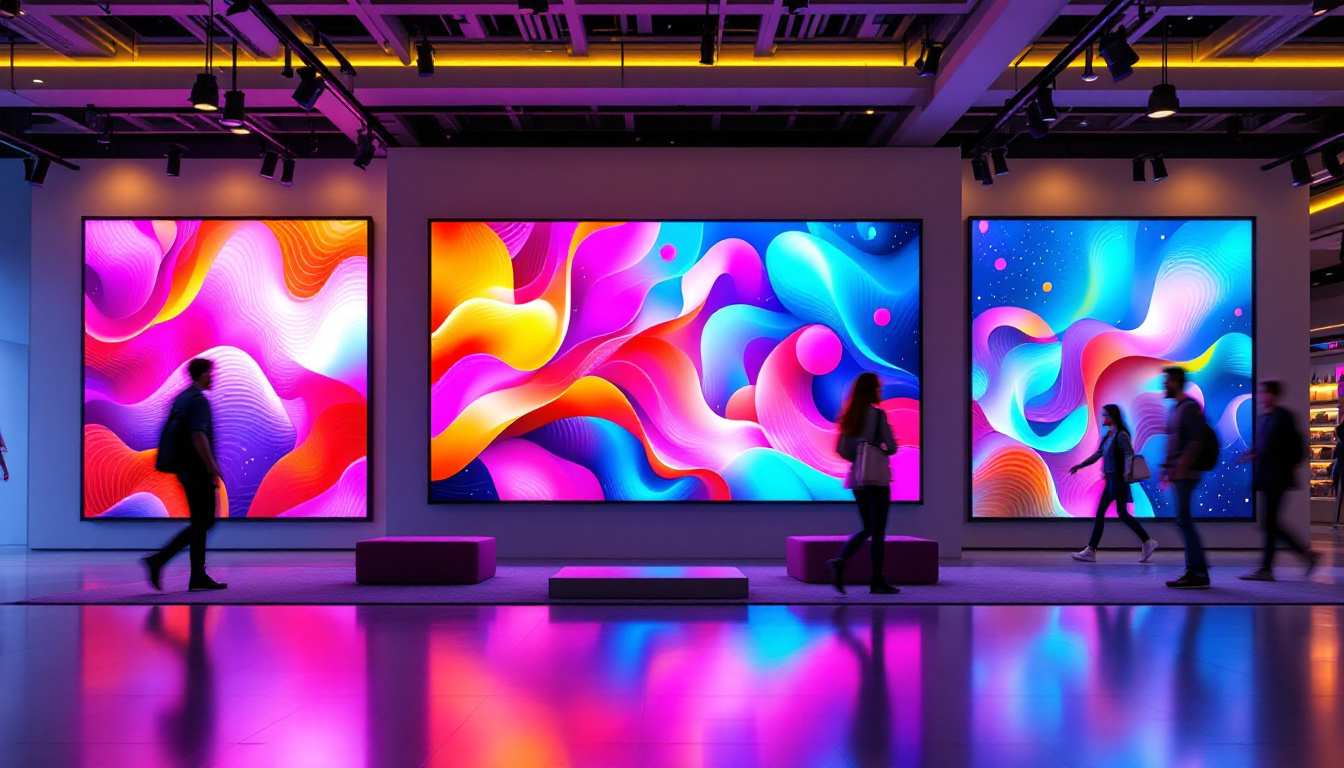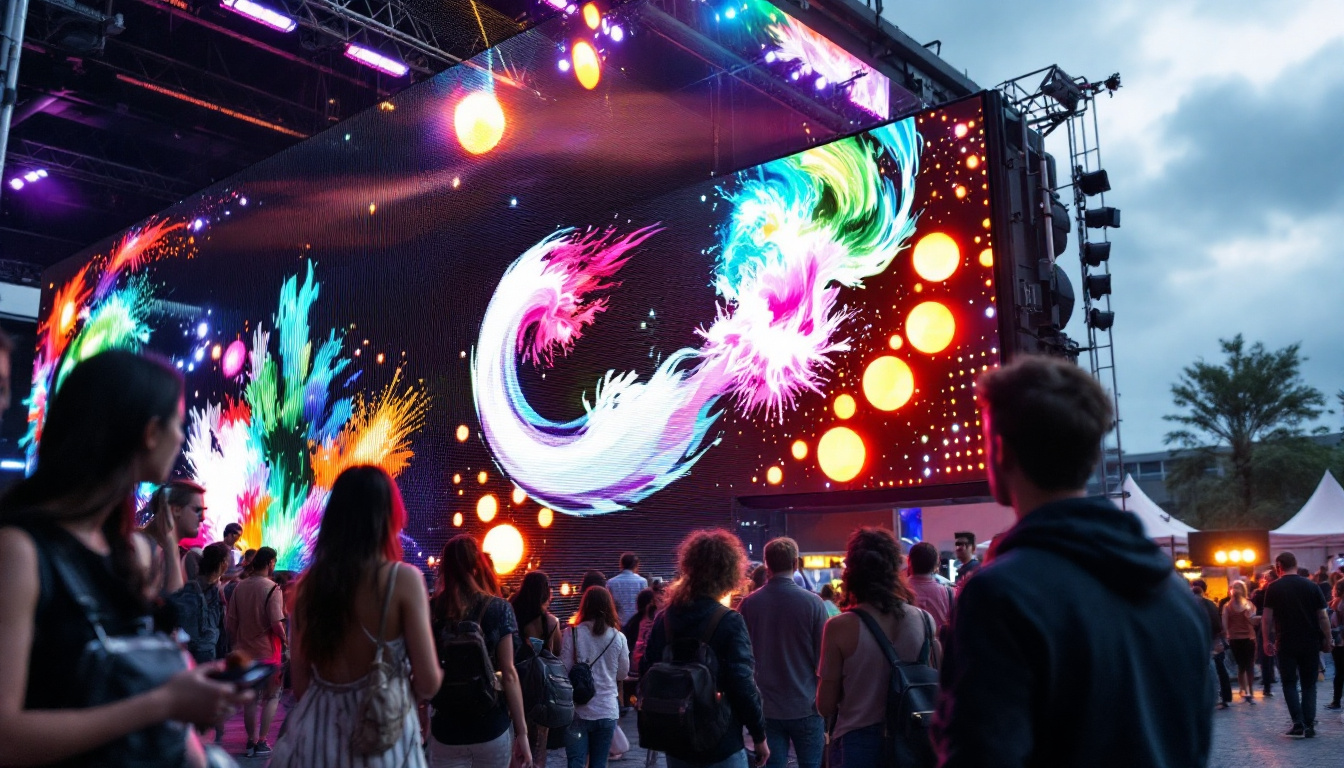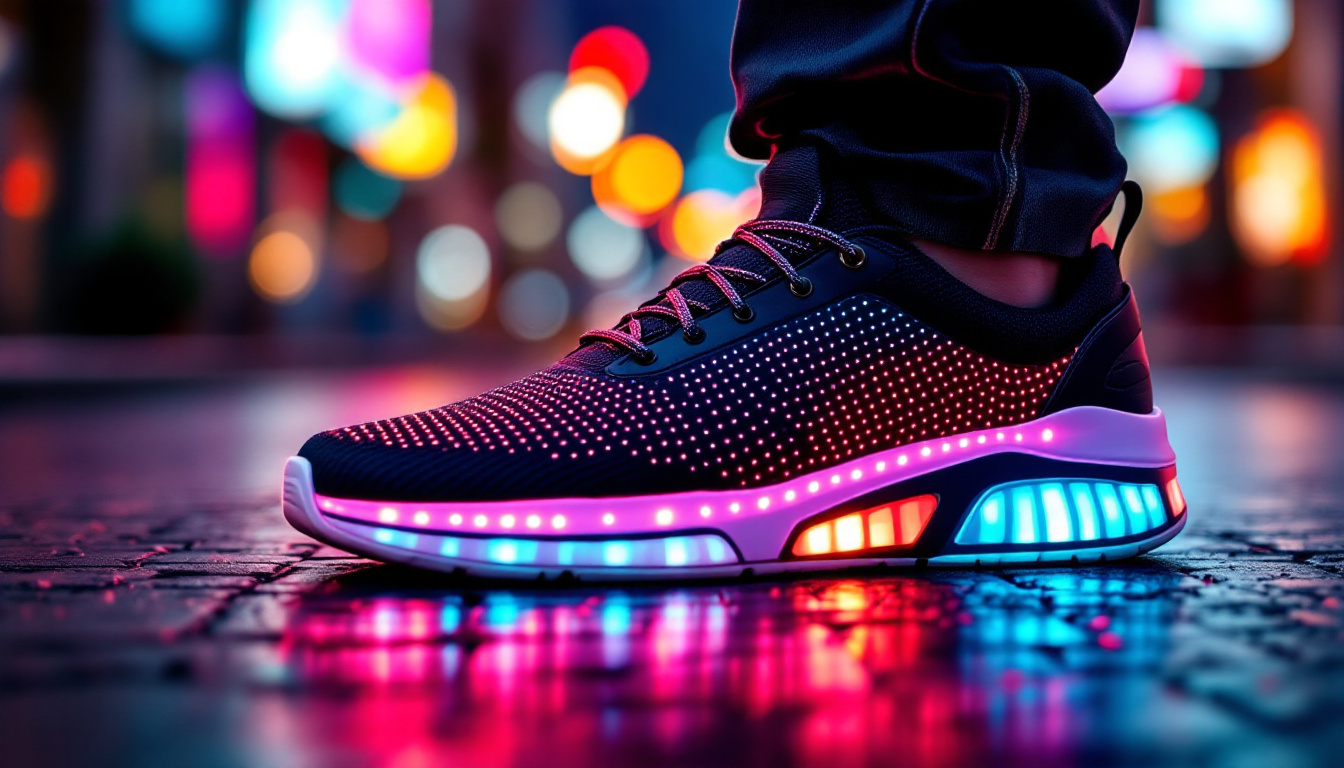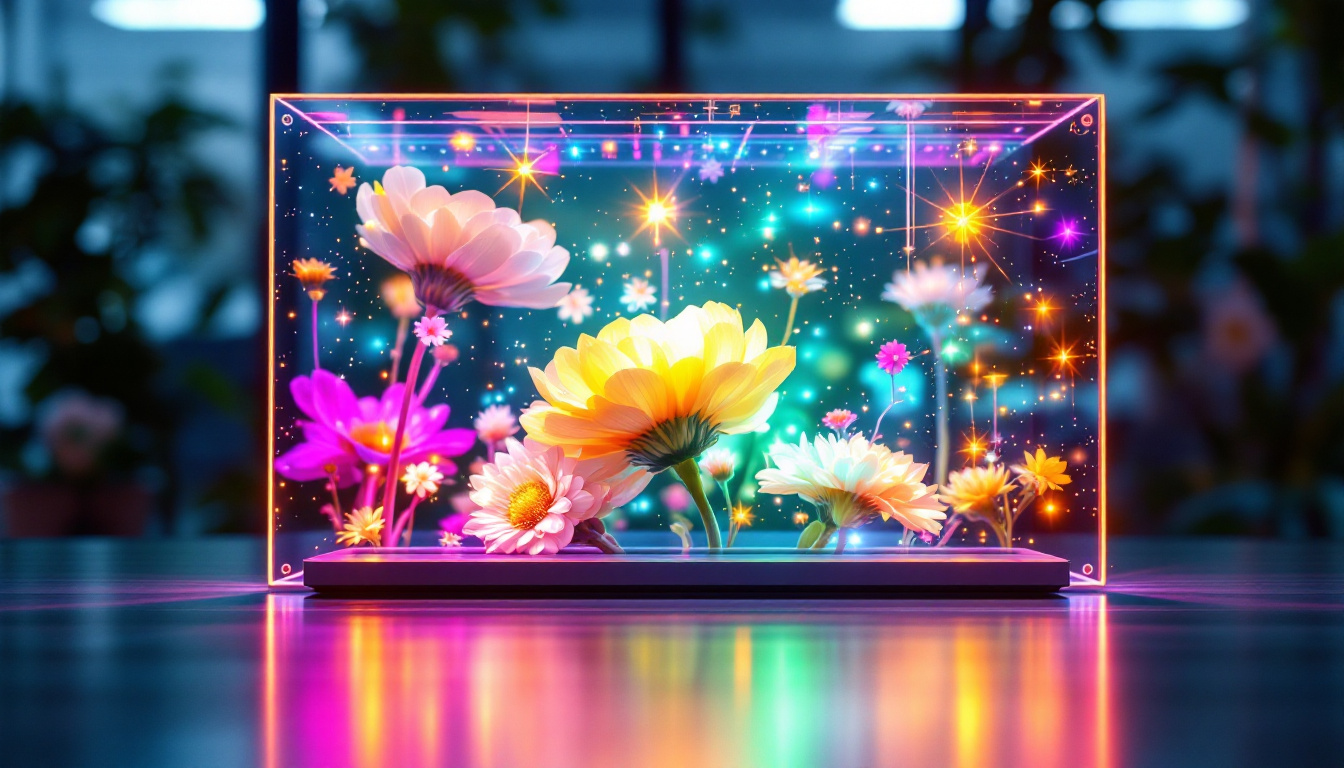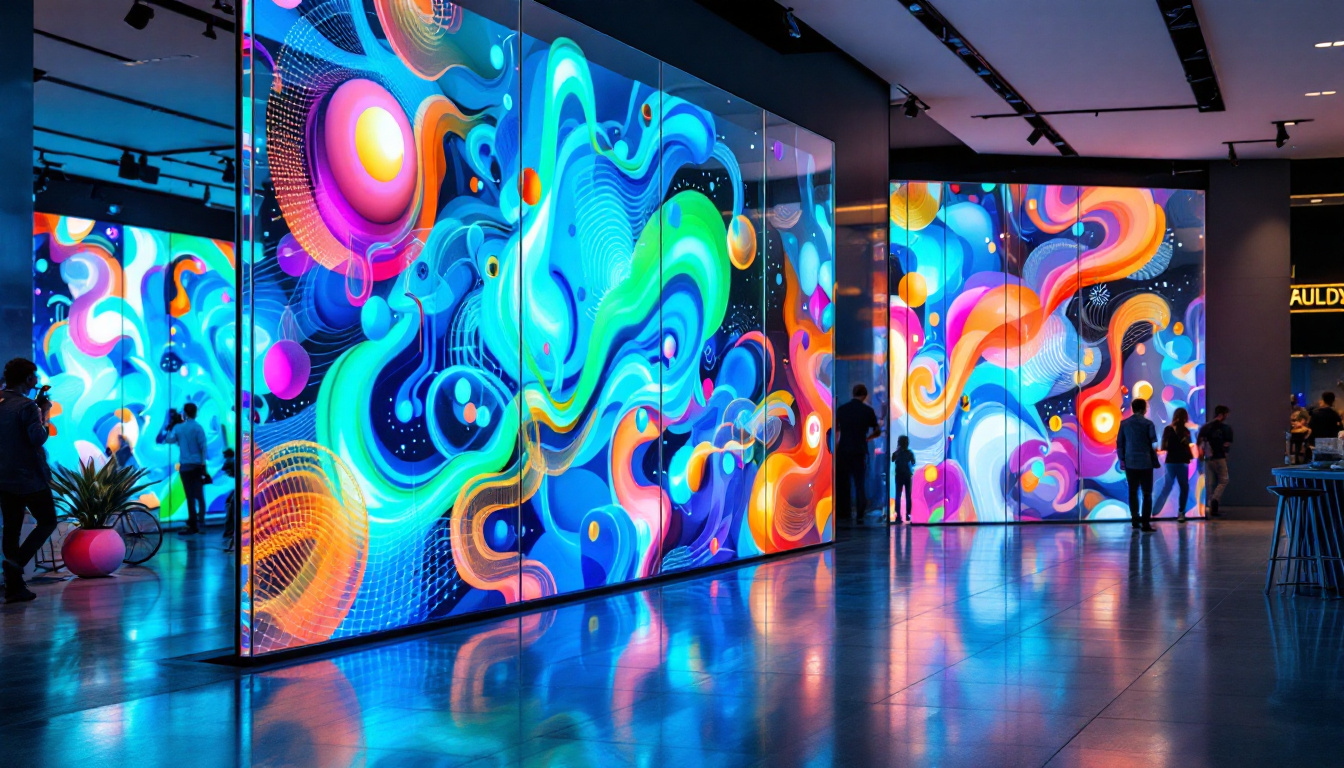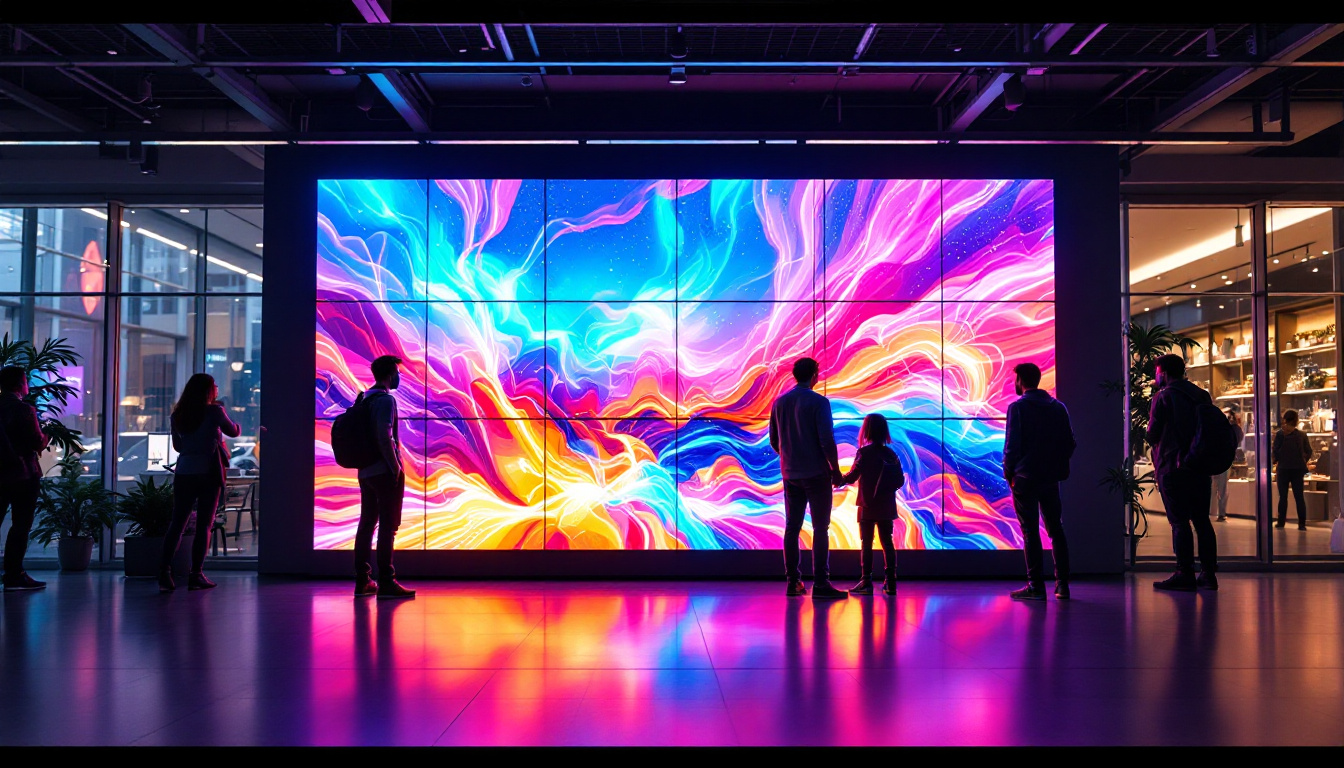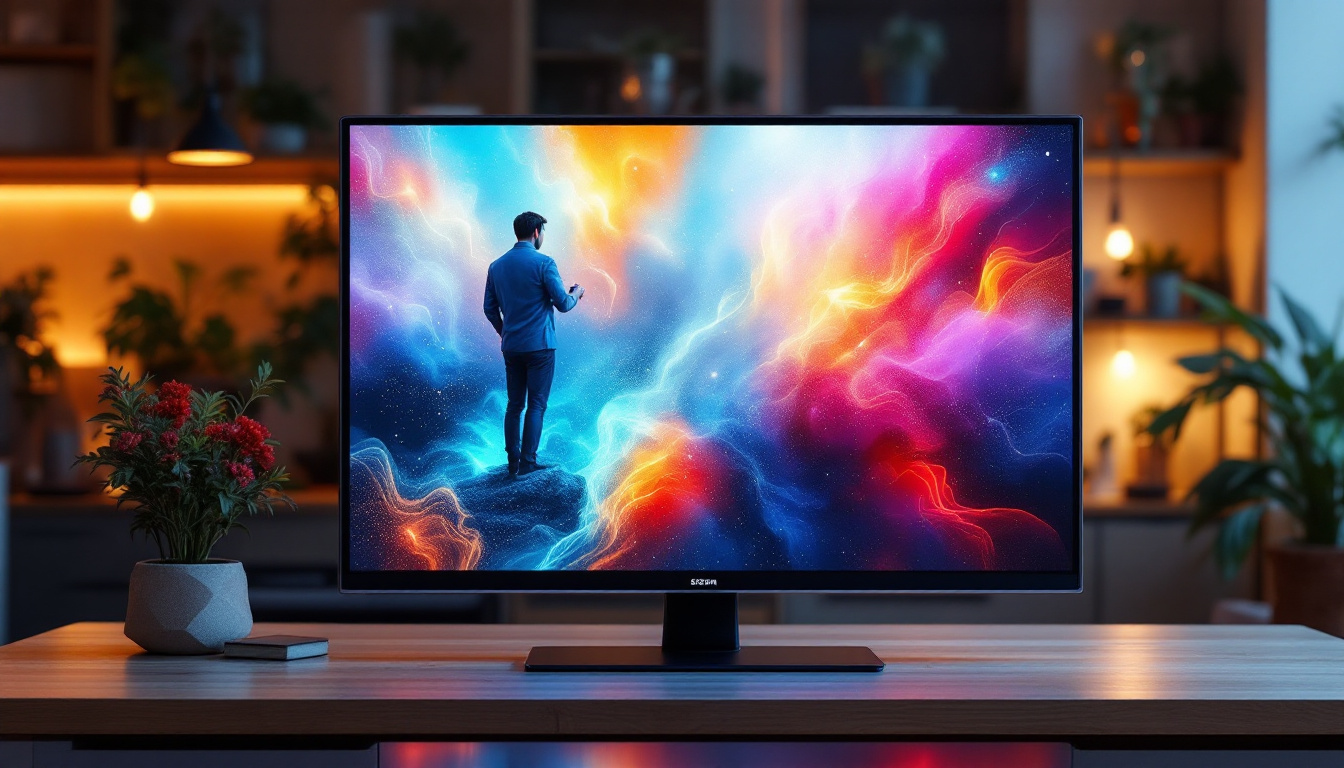In the world of geology and mineralogy, the presentation of specimens plays a crucial role in education, appreciation, and sales. A well-designed rock display case not only protects valuable specimens but also enhances their visual appeal. Among the various features that can elevate a display case, LED lighting stands out as a transformative element. This article delves into the intricacies of rock display cases with LED displays, exploring their benefits, design considerations, and maintenance tips.
Understanding Rock Display Cases
Rock display cases serve as protective enclosures for mineral specimens, fossils, and geological samples. They are designed to showcase the beauty and uniqueness of each item while providing a safe environment that minimizes damage from environmental factors. These cases not only protect the specimens from dust and physical harm but also enhance the visual appeal, allowing collectors and enthusiasts to appreciate the intricate details and colors of each rock and mineral.
In addition to their protective qualities, rock display cases can also serve an educational purpose. Many collectors use these cases to tell a story about the geological history of the specimens they contain. By incorporating labels, descriptions, and even maps, a display case can transform into an informative exhibit that educates viewers about the origins and significance of each piece, fostering a deeper appreciation for the natural world.
Types of Rock Display Cases
There are several types of rock display cases available, each catering to different needs and preferences. Some common types include:
- Wall-Mounted Cases: Ideal for limited space, these cases can be hung on walls and often feature glass fronts for easy viewing. They are particularly popular in homes and offices where floor space is at a premium, allowing collectors to display their treasures without cluttering surfaces.
- Tabletop Cases: These are versatile and can be placed on any flat surface, making them suitable for exhibitions, homes, or educational settings. Tabletop cases can vary in size and design, accommodating everything from small mineral specimens to larger fossils, and are often used in museums to highlight specific collections.
- Custom-Built Cases: For serious collectors or institutions, custom-built cases can be designed to meet specific requirements, including size, shape, and lighting options. These bespoke solutions allow for the integration of advanced features such as UV-filtering glass and adjustable shelving, ensuring that each specimen is displayed in the best possible light.
Materials Used in Display Cases
The materials used in rock display cases can significantly affect their durability and aesthetic appeal. Common materials include:
- Glass: Often used for the front and sides, glass provides visibility while protecting specimens from dust and physical damage. High-quality glass can also enhance the vibrancy of the colors within the display, making the specimens more visually striking.
- Wood: A popular choice for framing, wood adds a natural touch and can be stained or painted to match any decor. Different types of wood can evoke various styles, from rustic to contemporary, allowing collectors to choose a case that complements their personal taste.
- Metal: Used for structural support, metal components can enhance the modern look of a display case. Metal frames can offer a sleek, industrial aesthetic, while also providing strength and stability to the overall structure.
Additionally, some display cases incorporate advanced features such as LED lighting, which can dramatically enhance the presentation of the specimens. Proper lighting not only highlights the intricate details and colors of the rocks and minerals but also creates an inviting atmosphere that draws viewers in. Furthermore, humidity control systems can be integrated into display cases to protect sensitive specimens from moisture damage, ensuring that collections remain in pristine condition for years to come.
The Role of LED Lighting
LED lighting has revolutionized the way collections are displayed. Its ability to enhance colors, highlight textures, and create an inviting ambiance makes it an ideal choice for rock display cases.
Benefits of LED Lighting
There are numerous advantages to using LED lights in rock display cases:
- Energy Efficiency: LEDs consume significantly less power than traditional incandescent bulbs, making them a cost-effective choice for long-term use.
- Longevity: With a lifespan of up to 50,000 hours, LED lights reduce the need for frequent replacements.
- Low Heat Emission: Unlike incandescent bulbs, LEDs emit very little heat, which is crucial for preserving sensitive minerals and fossils.
Color Rendering and Customization
One of the most compelling features of LED lighting is its ability to render colors accurately. This is particularly important for rock specimens, as the right lighting can enhance the natural colors and patterns of minerals.
Moreover, LED lights come in various color temperatures, allowing collectors to customize the display according to their preferences. Warmer tones can create a cozy atmosphere, while cooler tones can emphasize the clarity and brilliance of the specimens.
In addition to color temperature, LED lighting can also be adjusted in terms of intensity, providing further customization options. Dimmer switches can be incorporated into the lighting setup, enabling collectors to create the perfect mood for their displays. This flexibility is particularly beneficial during exhibitions or open houses, where the lighting can be tailored to suit different times of day or events. By strategically adjusting the brightness, collectors can draw attention to specific pieces, guiding the viewer’s eye to the most striking elements of their collection.
Furthermore, the use of LED strip lights can add an innovative touch to rock display cases. These flexible lighting solutions can be installed along shelves or within the display itself, providing a seamless glow that highlights the contours and features of each specimen. The ability to create dynamic lighting effects, such as fading or color cycling, can also enhance the visual experience, making the display not just a showcase of minerals but an engaging and interactive art piece that captivates visitors.
Design Considerations for LED Display Cases
When designing a rock display case with LED lighting, several factors should be taken into account to ensure optimal performance and aesthetic appeal.
Placement of Lighting
The placement of LED lights within the display case is crucial for achieving the desired effect. Lights can be positioned:
- Above the Display: Ceiling-mounted LEDs can provide even illumination across the entire case.
- Side Lighting: Placing lights on the sides can create dramatic shadows and highlights, emphasizing the three-dimensionality of the specimens.
- Backlighting: This technique can create a stunning visual effect, particularly for translucent minerals, allowing them to glow from within.
Lighting Control Options
Incorporating dimmers or smart lighting controls can enhance the versatility of LED lighting in display cases. Dimmers allow for adjustments based on the ambient light in the room or the specific mood desired for the display.
Smart lighting systems can be programmed to change colors or intensity at different times of the day, creating dynamic visual experiences for viewers.
Maintenance of LED Display Cases
Maintaining a rock display case with LED lighting is essential for preserving both the specimens and the lighting system. Regular maintenance ensures that the display remains visually appealing and functional.
Cleaning the Display Case
Keeping the display case clean is crucial for showcasing the specimens effectively. Here are some tips for cleaning:
- Use Soft Cloths: Microfiber cloths are ideal for cleaning glass surfaces without scratching.
- Avoid Harsh Chemicals: Use mild soap and water or specialized glass cleaners to prevent damage to the materials.
- Regular Dusting: Dust can accumulate quickly, so regular dusting is necessary to keep the display looking its best.
LED Maintenance
While LEDs are known for their longevity, occasional checks are important to ensure they are functioning correctly. Here are some maintenance tips:
- Inspect Connections: Ensure that all electrical connections are secure and free from corrosion.
- Replace Burnt-Out LEDs: If an LED fails, replace it promptly to maintain even lighting.
- Monitor Temperature: Although LEDs emit low heat, it’s still important to monitor the temperature within the display case to prevent damage to sensitive specimens.
Creating an Engaging Display
Beyond just lighting and protection, an engaging rock display requires thoughtful curation and arrangement of specimens. The goal is to tell a story or highlight specific themes within the collection.
Curating the Collection
When selecting specimens for display, consider the following:
- Diversity: A varied selection of minerals, fossils, and geological samples can attract a wider audience.
- Rarity: Unique or rare specimens can serve as focal points, drawing attention and sparking interest.
- Educational Value: Including informative labels or descriptions can enhance the educational aspect of the display.
Arranging the Specimens
The arrangement of specimens within the display case can significantly impact the viewer’s experience. Consider these strategies:
- Grouping by Type: Organizing specimens by mineral type or geological origin can create a cohesive narrative.
- Using Heights: Varying the heights of specimens can create visual interest and depth.
- Incorporating Backgrounds: A contrasting background can enhance the visibility of the specimens, making them stand out.
Conclusion
Rock display cases equipped with LED lighting offer a unique blend of protection, aesthetics, and functionality. By understanding the types of display cases available, the advantages of LED lighting, and the best practices for design and maintenance, collectors and institutions can create captivating displays that not only protect valuable specimens but also engage and educate viewers. The right display case can transform a collection into an inviting showcase, celebrating the beauty of geology in all its forms.
As the world of rock collecting continues to evolve, embracing modern technologies such as LED lighting will undoubtedly enhance the appreciation of these natural wonders. Whether for personal enjoyment or educational purposes, a well-lit rock display case is an investment that pays dividends in beauty and knowledge.
Illuminate Your Collection with LumenMatrix
Ready to elevate your rock display case with the most advanced LED technology? Explore LumenMatrix’s array of LED display solutions, designed to bring your collection to life. From Indoor LED Walls that make colors pop to Custom LED Displays tailored to your unique needs, LumenMatrix is at the forefront of creating immersive visual experiences. Don’t just showcase your specimens—highlight their natural beauty and captivate your audience with clarity and brilliance. Check out LumenMatrix LED Display Solutions today and transform your display into an unforgettable visual journey.

